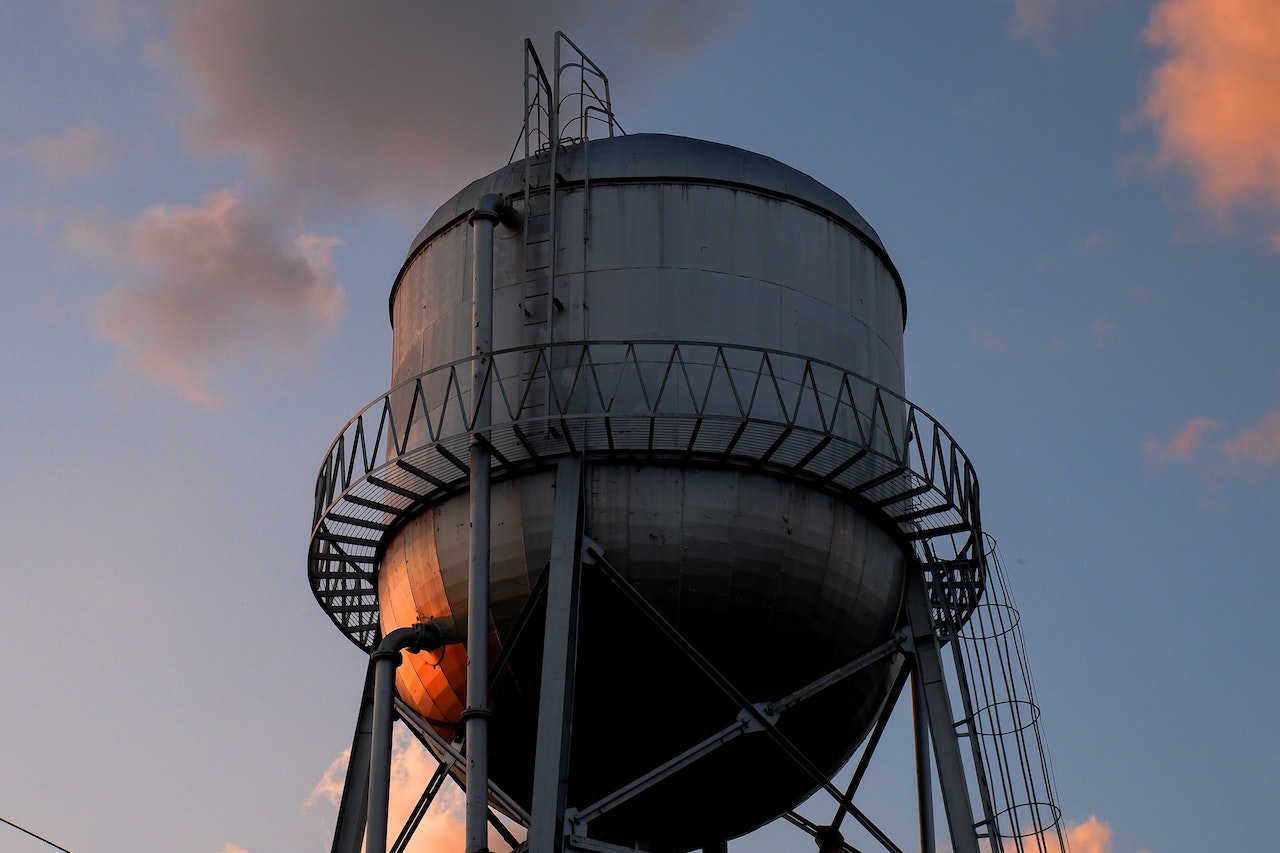
Water tanks are an excellent way to conserve water and reduce your monthly water bills. If you’re planning to install a water tank in your Australian home, it’s important to know what to expect and how to prepare for the installation process. In this article, we’ll discuss the essential things you need to consider before and during the water tank installation process.
Preparing for the Installation
The first step in preparing for the water tank installation is to choose the right location. Consider factors such as accessibility, distance from the roof, and the slope of the ground. Make sure that the location is not too close to any trees, as falling leaves can clog your gutters and contaminate the water in your tank.
Before the installation, you should ensure that there is adequate space for the tank and that the area is cleared of any debris. Also, ensure that there is sufficient drainage to prevent water from pooling around the tank.
It’s also essential to check with your local council to ensure that you comply with any regulations or requirements for water tank installation. Some councils may require permits or have restrictions on where tanks can be located.
Choosing the Right Tank
Choosing the right tank is crucial to ensure maximum efficiency and longevity. Water tanks come in various shapes, sizes, and materials, including polyethylene, steel, and concrete. Each type of tank has its benefits and disadvantages, so it’s crucial to consider your needs and budget before making a decision.
Polyethylene tanks are lightweight, durable, and easy to install. They’re also affordable and come in various sizes and colours, making them ideal for residential use. Steel tanks, on the other hand, are more robust and can withstand extreme weather conditions. Concrete tanks are the most durable and long-lasting, but they’re also the most expensive.
Installing the Tank
Once you’ve chosen the right tank and location, it’s time to install it. The installation process typically involves the following steps:
1. Site preparation: The area where the tank will be installed must be cleared of any debris and levelled.
2. Placing the Tank: The tank is then placed on a base of compacted sand or gravel to prevent it from sinking into the soil.
3. Connecting Pipes: The inlet and outlet pipes are then connected to the tank, and a strainer is installed to prevent debris from entering the tank.
4. Overflow and Drainage: The overflow and drainage pipes are then installed to direct excess water away from the tank.
5. Final Checks: The installation team will then perform a final check to ensure that the tank is level, all connections are secure, and there are no leaks.
Maintaining Your Water Tank
Regular maintenance is essential to ensure that your water tank functions efficiently and lasts for a long time. It’s recommended that you inspect your tank every six months for any signs of damage, leaks or contamination. You should also clean your gutters and downpipes regularly to prevent debris from entering the tank.
If you notice any issues with your water tank, such as cracks or leaks, it’s important to address them immediately to prevent further damage. You should also have your tank professionally cleaned every few years to remove any sediment or debris that may have accumulated inside the tank.
Conclusion
Installing a water tank is an excellent way to conserve water and reduce your monthly water bills. However, preparing adequately and choosing the right tank is important to ensure maximum efficiency and longevity. When installing a water tank, always comply with any regulations or requirements and ensure that you perform regular maintenance to keep your tank in excellent condition.
Say goodbye to costly tank repairs and replacements with our high-quality tank liners. Trust ATM Tanks for all your tank maintenance needs and ensure the longevity of your tanks. Let us help you with all your tank maintenance needs to ensure your tanks remain in excellent condition. Contact us today for a consultation and let us help you find the perfect solution for your tank.
- How to Spot and Fix Minor Tank Repairs Early - October 19, 2025
- Handling Emergency Tank Cleanups Safely and Efficiently - October 19, 2025
- Choosing the Right Tank Lining Material for Your Needs - October 19, 2025






